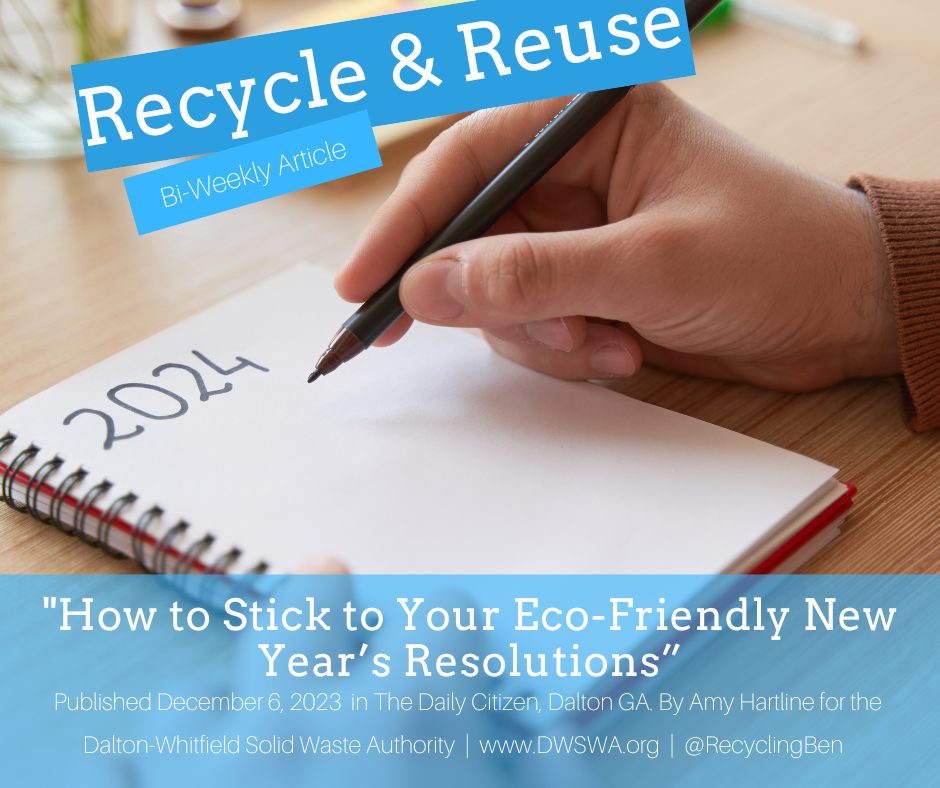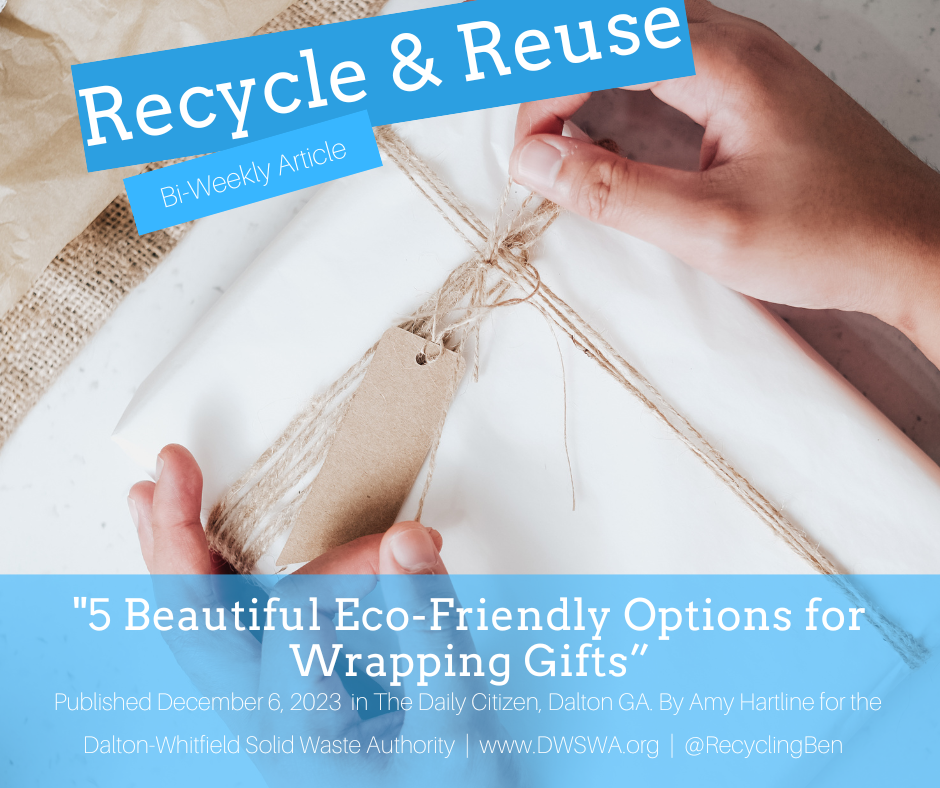Waste-Free Lunches for National Green Week
/
(Published on Wednesday, February 3, 2016, in The Daily Citizen, Dalton, GA.)
Recycle & Reuse: Waste-Free Lunches for National Green Week
Reduce waste from school lunches by switching to reusable bento boxes or lunch boxes during National Green Week. (Photo by: https://www.flickr.com/photos/axelsrose/2592037069/)
The Green Education Foundation (GEF) is celebrating the launch of National Green Week, their annual educational event for schools and groups which takes place from February thru the end of April. Eco-lessons and hands-on programs are part of a sustainability education campaign designed to jumpstart a commitment for continuing sustainability education and a lifetime of eco-friendly habits.
Participants are invited to register at www.greeneducationfoundation.org, where they can find free lesson plans and activities for Pre-K to High School. Some of the themes include Sustainable Water Challenge, I Ride Green and the Waste Reduction Challenge. After choosing a theme participants choose a week during February thru April to complete a challenge. After the challenge schools can even apply for an award.
In the Waste Reduction Challenge students are encouraged to think about the things they throw away and where it all ends up. According to a 2010 Environmental Protection Agency (EPA) estimate, Americans create roughly 251 million tons of garbage per year. To visualize this number, imagine the RMS Titanic, which weighed 46,329 gross tons. The United States generates more than 4,837 Titanics worth of solid waste in a normal calendar year. That’s about four pounds per person per day. Reducing the amount of waste produced comes down to each individual making changes in what they throw away.
One of the challenges for waste reduction is Waste-Free Snacks. Students are challenged to make less trash from snacks they bring from home. To get a baseline for how much trash is generated from snacks a group of students will weigh all snack related trash items from their class for one week. The following week the students are challenged to bring less wasteful snacks for the week. GEF provides a sample letter to send to parents regarding the challenge so they can help their child prepare.
During the Green Week challenge students are encouraged to use reusable snack and drink containers to carry snacks and drinks to school. For example, parents can purchase a full sized juice and pour a daily amount into a reusable water bottle. Other tips include using cloth napkins and reusable utensils instead of disposable ones. Buying snacks in bulk or large bags instead of smaller single serving bags is also encouraged since these can be stored in reusable plastic or glass containers.
At the end of the second week, the snack waste is weighed and compared to the first week. In this particular challenge fruit waste like banana peels or apple cores are not counted. Students should see a very dramatic reduction in the amount of trash they produced just from making small changes. After the challenge, some students may want to take the next step and pack a waste-free lunch too. The EPA provides a guide to make waste-free lunches online at www3.epa.gov/epawaste/education/lunch.htm.
To have a lunch be waste free students need to recognize which of their items, including the lunch box, are reusable, recyclable, compostable, or waste. For example, a plastic container for a sandwich is reusable, while a plastic wrapper from a granola bar is waste. A recyclable item could be an aluminum beverage can or plastic bottle. Compostables include organic materials like banana peels, however, there may not be a means for some students to compost at school or at home.
Having reusable products is key to keeping your lunch waste-free. Reusable bottles, thermoses, ice packs, cloth napkins, and durable forks, spoons, and knives can be used over and over again. Even some plastic baggies, when cleaned and air-dried, can be used many times. The reusable lunch box or bag is preferable to a paper bag. Even though paper is a recyclable product, it has to be clean, dry, and free from food contamination which paper bags for lunches are often not.
Adults can adopt a waste-free lunch too. Glass containers with silicone lids can replace plastic baggies and plastic containers. Food in glass containers can be microwaved in the same container reducing the need for extra plates. Stainless steel bento boxes with compartments also help reduce the amount of packaging needed to pack a lunch to go. With just a little planning your whole family can go green this week and participate in a more sustainable lifestyle.
































